In sewing, a welt is a fundamental yet versatile technique that involves crafting a folded strip of fabric along the edges of openings or seams.
This seemingly simple element is a cornerstone for achieving a polished, durable finish in garments and accessories.
From enclosing raw edges to constructing concealed pockets, attaching cuffs and collars, or adding decorative flair, welts offer an array of applications.
With variations like single welts, double welts, piped welts, and zipper welts, understanding this sewing essential opens doors to creative expression. It elevates the overall quality and design of crafted pieces.
Explore the intricacies of welts and transform your sewing projects with finesse.
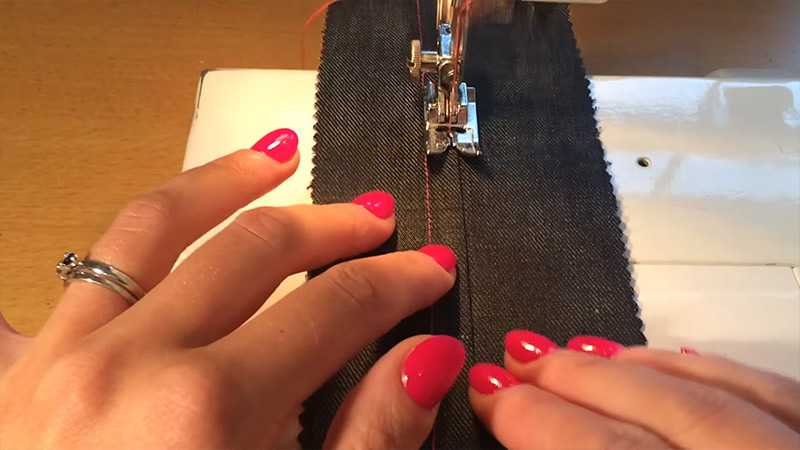
What Is a Welt in Sewing?
In sewing, a welt refers to a folded strip of fabric sewn along the edge of an opening or seam to create a polished and durable finish.
Welts serve multiple purposes, such as enclosing raw edges to prevent fraying, constructing concealed pockets for functionality, attaching cuffs or collars seamlessly, and adding decorative details to enhance the garment’s aesthetics.
There are various types of welts, including single, double, piped, and zipper welts, each offering unique characteristics.
Mastering welt techniques provides sewists with a versatile tool to elevate the quality, structure, and design of garments and accessories.
Why Use Welts in Sewing Projects? 8 Reasons
Welts are employed in sewing projects for various reasons, contributing functionally and aesthetically to the finished garment or accessory.
Here are key reasons why welts are commonly used in sewing:
1. Enclosing Raw Edges
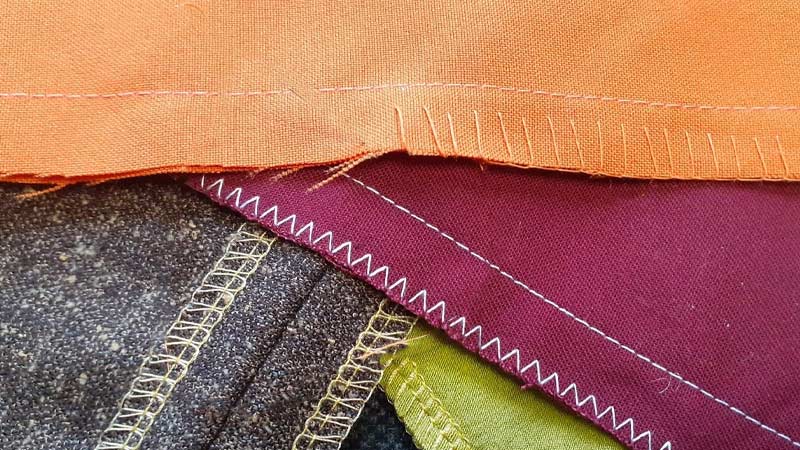
Welts serve a crucial role in sewing by enclosing raw edges of the fabric, preventing fraying and maintaining the garment’s integrity over time. This practical function enhances the project’s durability, ensuring a tidy and professional appearance.
2. Creating Pockets
The use of welts in pocket construction allows for concealed openings while providing functional storage. This streamlines the garment’s exterior and offers a clean and polished look for items like jackets, pants, or skirts.
3. Attaching Cuffs or Collars
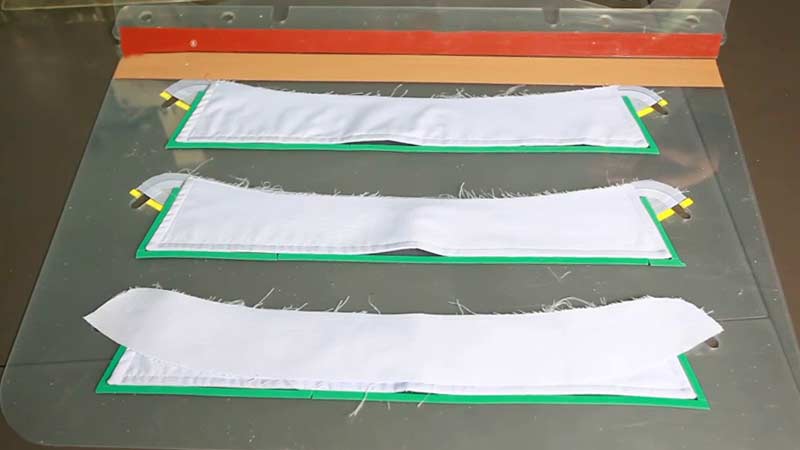
Welts are employed to seamlessly join cuffs or collars to sleeves or necklines, avoiding bulky seams and ensuring a smooth transition between different parts of the garment. This results in a well-finished and tailored appearance.
4. Adding Decorative Details
Beyond their functional role, welts are versatile design elements, introducing contrast, texture, or colour to garments. This decorative touch enhances the aesthetic appeal, allowing for creative and unique embellishments.
5. Professional Finish
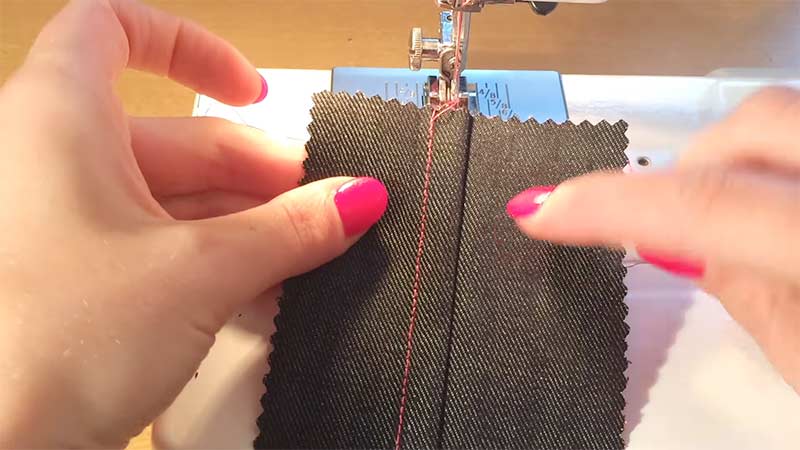
Particularly in tailored garments, welts contribute to a professional finish. Their use imparts a refined quality to the garment, making it suitable for more formal or structured designs where attention to detail is paramount.
6. Durability
By enclosing raw edges and reinforcing critical areas like pocket openings, welts significantly enhance the garment’s overall durability. This makes them particularly valuable in high-stress areas prone to wear and tear.
7. Streamlined Design
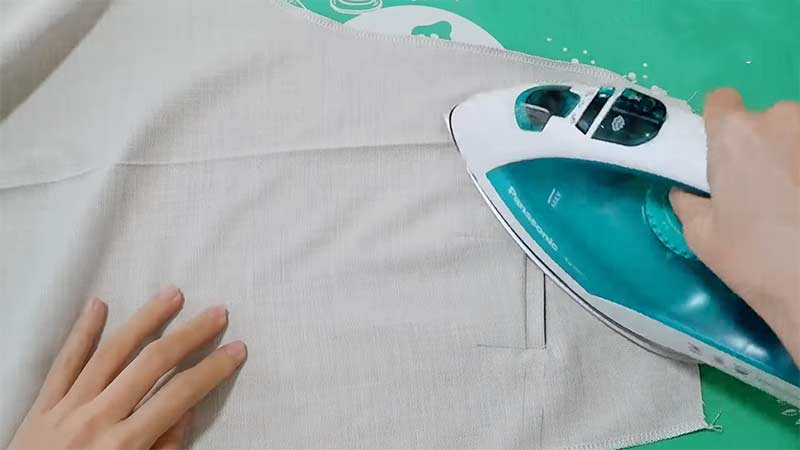
Welts creates a streamlined and sleek appearance when incorporated into the pocket design. The pocket bag remains hidden, allowing for a clean silhouette and avoiding any disruption to the garment’s overall design.
8. Versatility
One of the key advantages of welts is their adaptability. They can be tailored for various applications, adding a layer of versatility to sewing projects.
This adaptability allows for customization based on the project’s specific style and functional requirements.
4 Different Types of Welts in Sewing
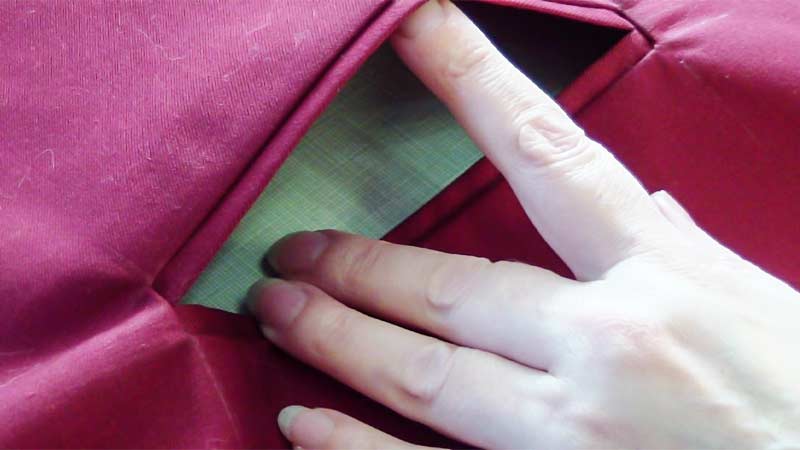
In sewing, welts come in various types, each serving different purposes and providing unique design elements. Here are the common types of welts:
1. Single Welt
A basic welt involves a folded strip of fabric sewn along the edge of an opening or seam. It provides a clean and simple finish.
2. Double Welt
Similar to a single welt but with two strips of fabric, creating a more structured and pronounced finish. Double welts are often used in more tailored and sophisticated garments.
3. Piped Welt
This welt type includes a cord or piping along the edge of the welt, adding a decorative and contrasting element. Piped welts are ideal for creating a more visually interesting finish.
4. Zipper Welt
Integrates a zipper into the welt, offering functionality and a modern aesthetic. Zipper welts are commonly used in outerwear and can be a stylish addition to various garments.
How to Sew a Welt? Step-By-Step Guide
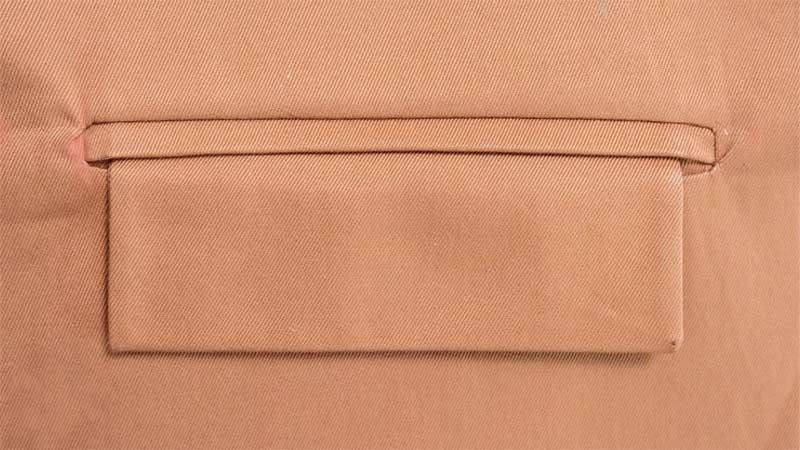
Sewing a welt may seem daunting, but with careful attention to detail, it can be a straightforward process.
Here’s a step-by-step guide on how to sew a single welt, a common type used in sewing:
Materials Needed
- Main fabric
- A strip of fabric for the welt
- Pins
- Scissors
- Sewing machine
- Iron
Step 1: Cutting the Fabric
Begin by cutting a strip of fabric for the welt. The dimensions of this strip should be twice as wide and slightly longer than the desired width and length of the welt. Precision in cutting sets the foundation for a well-executed welt.
Step 2: Folding and Pressing
Fold the strip in half lengthwise with the right sides together, creating a clean and defined edge along the fold. Pressing at this stage is crucial, ensuring the fabric maintains its shape, and the welt appears neat and professional.
Step 3: Marking the Position
On the right side of the main fabric, mark the position and size of the opening where the welt will be attached.
For instance, if aiming for a 4-inch long welt, mark two parallel lines 4 inches apart and 0.5 inches away from the main fabric’s edge.
Step 4: Attaching the Welt
Place the folded strip on the main fabric, aligning the raw edges. Secure the welt strip in place with pins, ensuring it sits accurately along the marked lines and positioning.
Step 5: Sewing the Welt
Sew along the marked lines with a straight stitch, leaving approximately 0.25 inches unsewn at each end. Subsequently, cut along the centre line between the stitched lines, stopping 0.25 inches before each end.
Diagonally cut from each end to the corners of the stitched lines, forming small triangles.
Step 6: Turning and Pressing
Turn the strip of fabric to the wrong side of the main fabric through the slit opening. Press the welt, ensuring the small triangles are neatly tucked under the strip of fabric on each end.
Step 7: Topstitching
Execute topstitching along the edge of the slit opening on both sides of the main fabric, securely catching the strip of fabric underneath. This step reinforces the welt and provides a finished polished appearance.
Step 8: Trimming Excess Fabric
Finally, trim any excess fabric from the strip on the wrong side of the main fabric. This minimizes bulk and ensures a clean and refined finish to the welt.
How to Use Welts in Sewing Projects? Explore Examples for Your Next Craft!
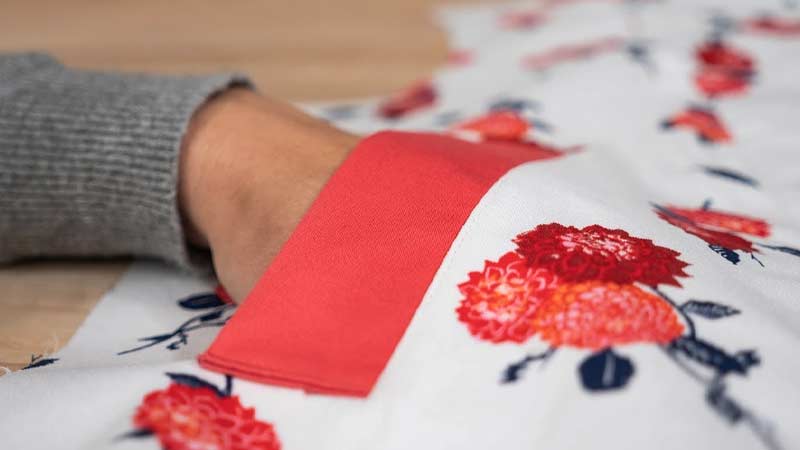
Welts are versatile and can be used in various ways to enhance the functionality and aesthetics of your sewing projects.
Here are examples of how to use welts in different types of garments and accessories:
Welt Pockets on Jackets or Pants
Create single or double welt pockets on jackets, blazers, pants, or skirts. Welts add a polished and functional touch to the garment while maintaining a clean silhouette.
Welt Cuffs on Shirts or Dresses
Add welt cuffs to sleeves on shirts, sweaters, or dresses. This detail can elevate the design and create a stylish, tailored look.
Welt Collars on Jackets or Blazers
Incorporate welt collars on jackets, blazers, or coats. A single or double welt can add a sophisticated edge to the neckline.
Welt Hems on Skirts or Pants
Experiment with welt hems on skirts, pants, or shorts. Single or double welts at the hemline can provide a unique and decorative finish.
Welt Trim on Accessories
Apply welt trims to accessories like pillows, cushions, bags, or hats. A single or double welt trim can add a tailored and refined look to these items.
Welt Details on Dresses or Tops
Introduce welt details on dresses or tops for a unique design element. This could include decorative welts around the neckline, down the front of a blouse, or as part of a structured bodice.
Zipper Welt Pockets on Outerwear
Combine zippers with welts to create zipper welt pockets on jackets or coats. This adds a functional aspect and introduces an edgy and modern design element.
Piped Welt Details
Experiment with piped welts to add contrasting or coordinating piping along the edge of welts. This is a great way to infuse colour and texture into your sewing projects.
Welted Seams on Bags or Totes
Use welts along seams in bags or totes. This can add reinforcement and a decorative touch to the seams, enhancing the overall structure of the accessory.
Decorative Welts on Children’s Clothing
Consider adding decorative welts to children’s clothing, like on pockets or hems. This can bring a playful and creative element to the garments.
FAQs
Are welts difficult for beginners?
While welts may seem challenging initially, with practice, they become accessible to both beginners and experienced sewists, adding versatility to sewing projects.
Can welts be used on lightweight fabrics?
While welts are versatile, choosing a fabric with enough structure for the welt to hold its shape is advisable. Lightweight fabrics may require additional interfacing for stability.
Can welts be added to ready-made garments?
Yes, welts can be added to ready-made garments as a modification or embellishment, enhancing the garment’s design and functionality.
Can welts be used in quilting projects?
While not a traditional quilting technique, welts can be incorporated into quilting projects for decorative borders or unique design elements.
What is the difference between a welt and a seam?
A welt is a folded strip sewn along the edge for finish, while a seam joins two fabric pieces. Welts offer a decorative or functional edge, unlike seams.
To Recap
Mastering the art of welts in sewing empowers creators to infuse garments and accessories with a seamless blend of functionality and aesthetics.
The folded strips of fabric, whether single welts, double welts, piped welts, or zipper welts, have proven indispensable in achieving a polished and durable finish.
From pocket construction to decorative detailing, welts offer a versatile range of applications, allowing sewists to express their creativity and elevate the overall quality of their projects.
As you delve into the sewing world, understanding and embracing welts adds a valuable skill to your repertoire, transforming ordinary creations into refined, professional, and uniquely crafted pieces.
Leave a Reply